When customers report tooth chipping paired with root darkening, it signals a deeper problem than simple cosmetic damage. These two conditions often indicate structural compromise and internal deterioration, which can be difficult—or impossible—to reverse without invasive treatment. In this blog, we’ll explore why this combination occurs, what it means for product safety and performance, and how manufacturers can proactively prevent it.
Tooth chipping frequently happens when excessive mechanical forces act on enamel during cleaning or whitening. Poorly calibrated motors, abrasive brush heads, or overly rigid trays can:
While minor chips might seem harmless, they often compromise the tooth’s ability to resist bacterial infiltration and chemical exposure.
Root darkening is a more insidious process, usually caused by:
Unlike superficial discoloration, root darkening signals loss of vitality, making teeth more prone to fractures, sensitivity, and infection.
Although these issues can appear separately, their coexistence usually points to:
Once enamel is chipped, dentin and pulp are more vulnerable to chemical penetration, accelerating root discoloration.

While early intervention can limit progression, fully restoring a chipped, darkened tooth often requires:
These treatments are time-consuming, costly, and sometimes unsuccessful, highlighting why prevention should be the first priority.
To protect both end-users and your brand reputation, consider:
Proactive design and testing significantly reduce the risk of irreversible damage.
Even with the best safeguards, occasional incidents happen. Effective response strategies include:
Fast, empathetic support can turn a negative experience into a demonstration of your commitment to safety.
Tooth chipping and root darkening don’t have to be inevitable consequences of whitening or power cleaning devices. They are often preventable when manufacturers integrate thoughtful design, clear guidance, and robust quality control. By taking proactive steps, you can help customers enjoy brighter smiles without risking irreversible harm—and protect your brand’s integrity in the process. Contact us

Can a Torque Control Motor Benefit from Advanced Kinematic Pair Design in Electric Toothbrushes?
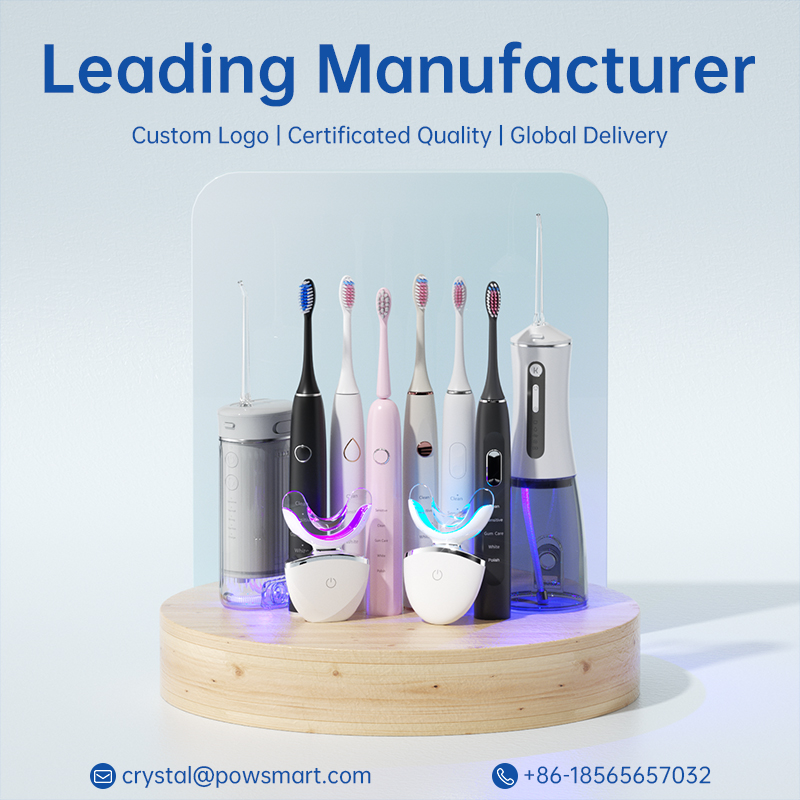
Microplastics-Free Electric Toothbrush Production for Safer OEM Products
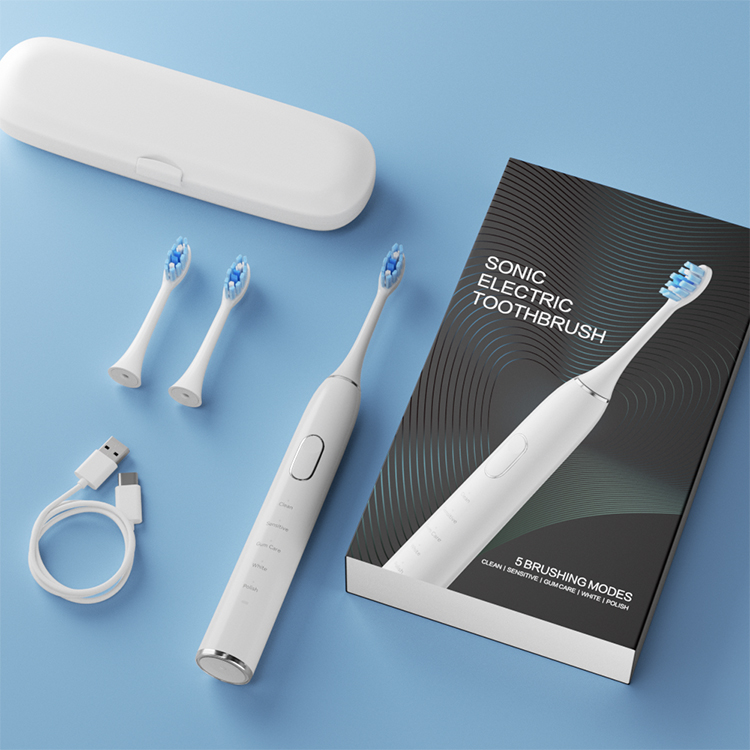
Why Is Cavitation Cleaning Technology More Effective With a Micro-Perforated Brush Head?
water flosser OEM factory
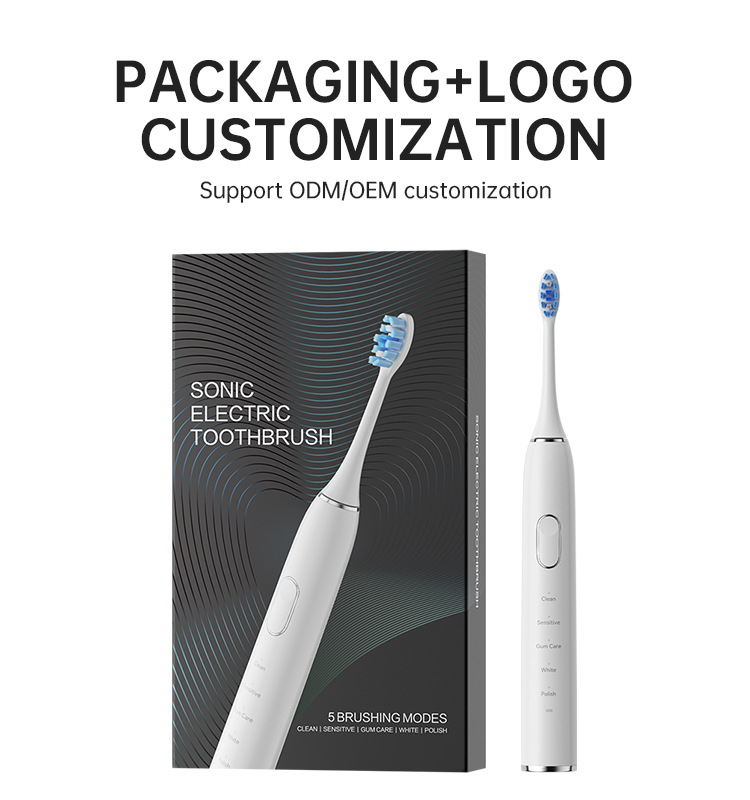
A Strategic Guide to Selecting Your OEM Electric Toothbrush Charging Solution

How Does Accelerometer-based Feedback Integrate With a Pressure-sensitive Matrix for Smart Brushing?
Hose Kinking Leading to Weak Suction—A Hidden Efficiency Killer?
.jpg)
sonic electric toothbrush Sacramento
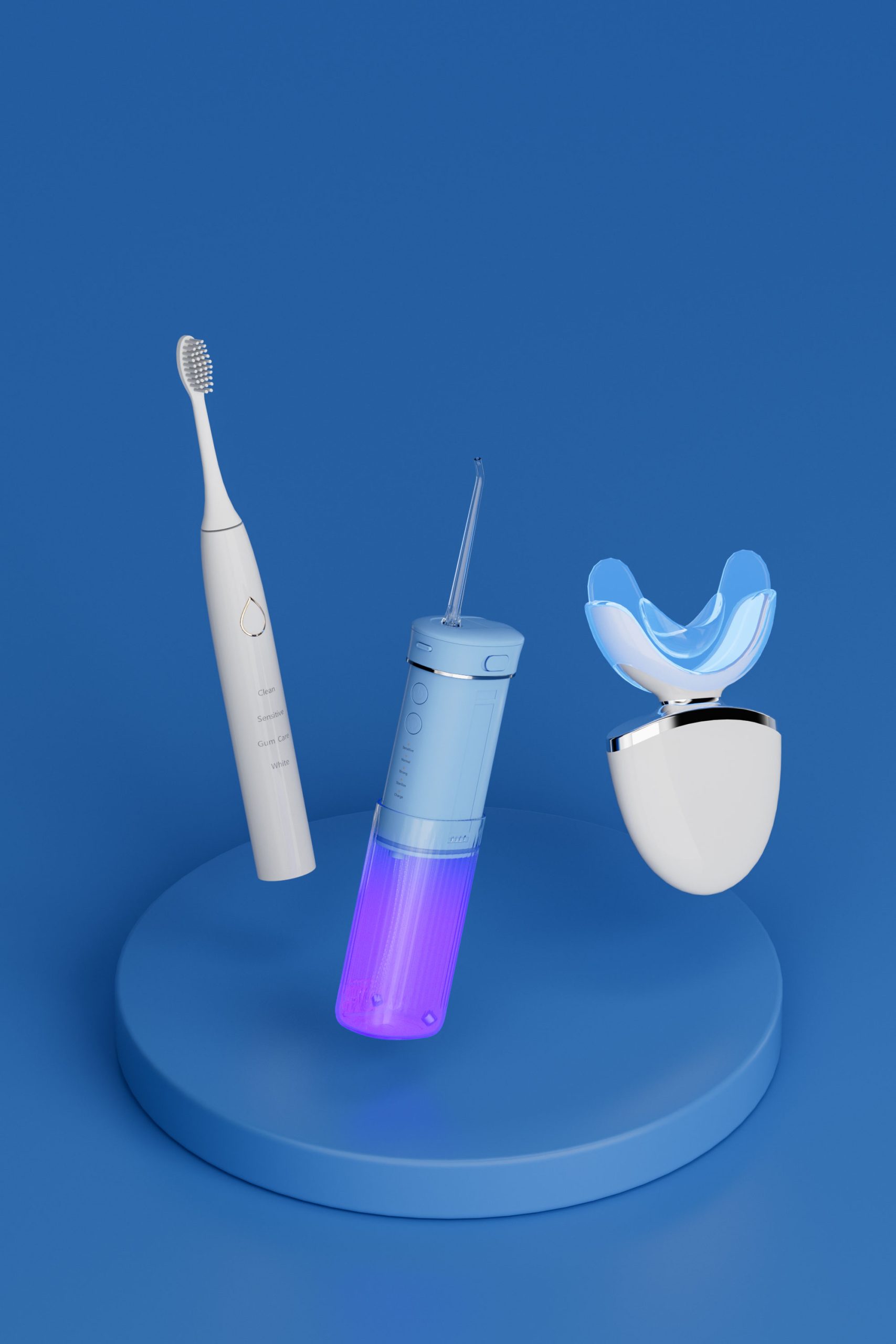
Why a Hindi brushing guide is essential for your First-time user guide
Pulse Lag Plus Incomplete Flushing—Frustration for Users and Manufacturers?
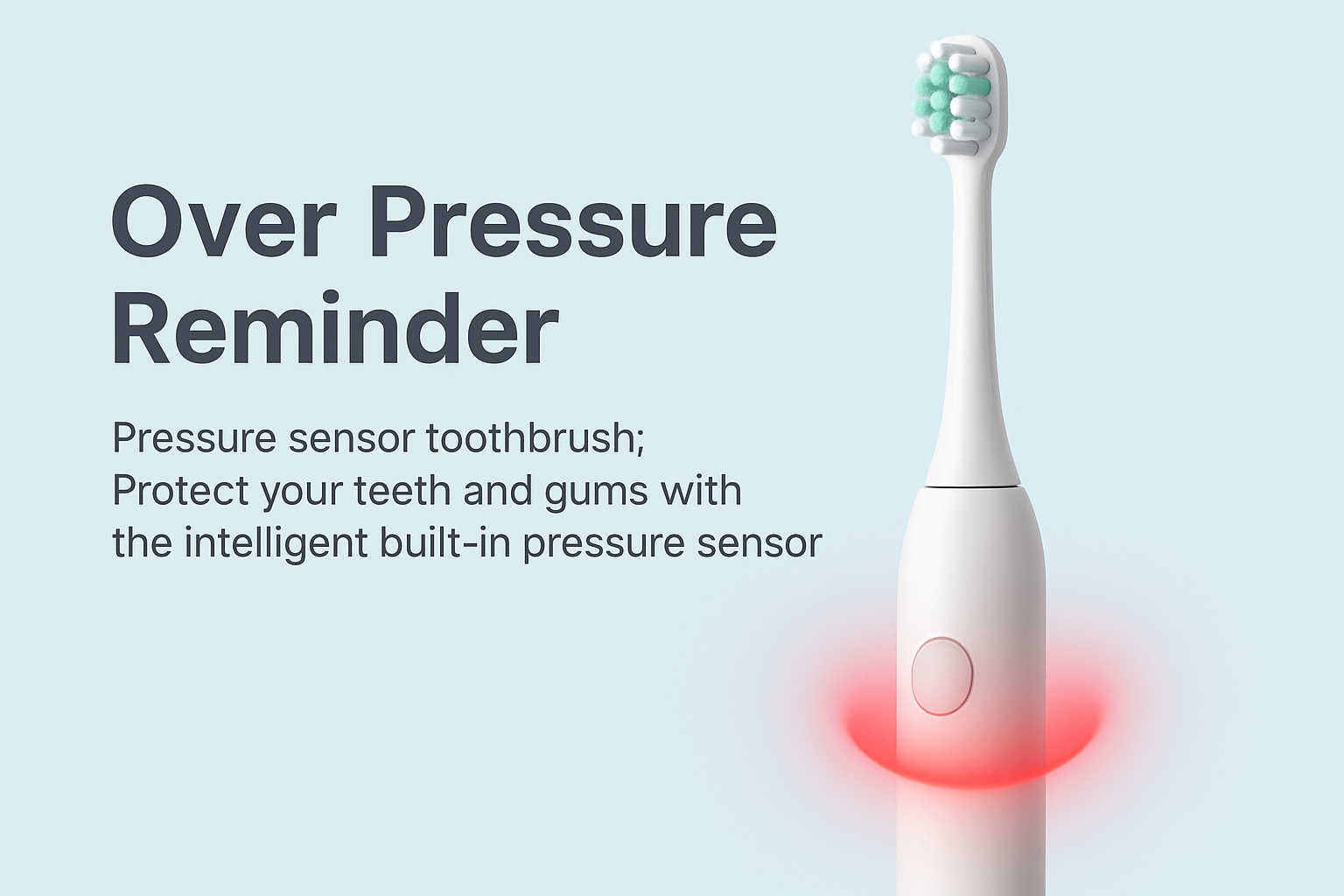
Can Angular Momentum Control and a Harmonic Drive System Revolutionize Electric Toothbrush Performance?
Electric Toothbrush with UV Cleaning Base | Advanced Oral Hygiene Solutions
dual-action electric toothbrush OEM
-3-scaled.png)
Are You a Teeth Whitening Kit Manufacturer Serving the Beauty Salon Supply Industry?
Tray Warping with Switch Corrosion – Time to Replace?
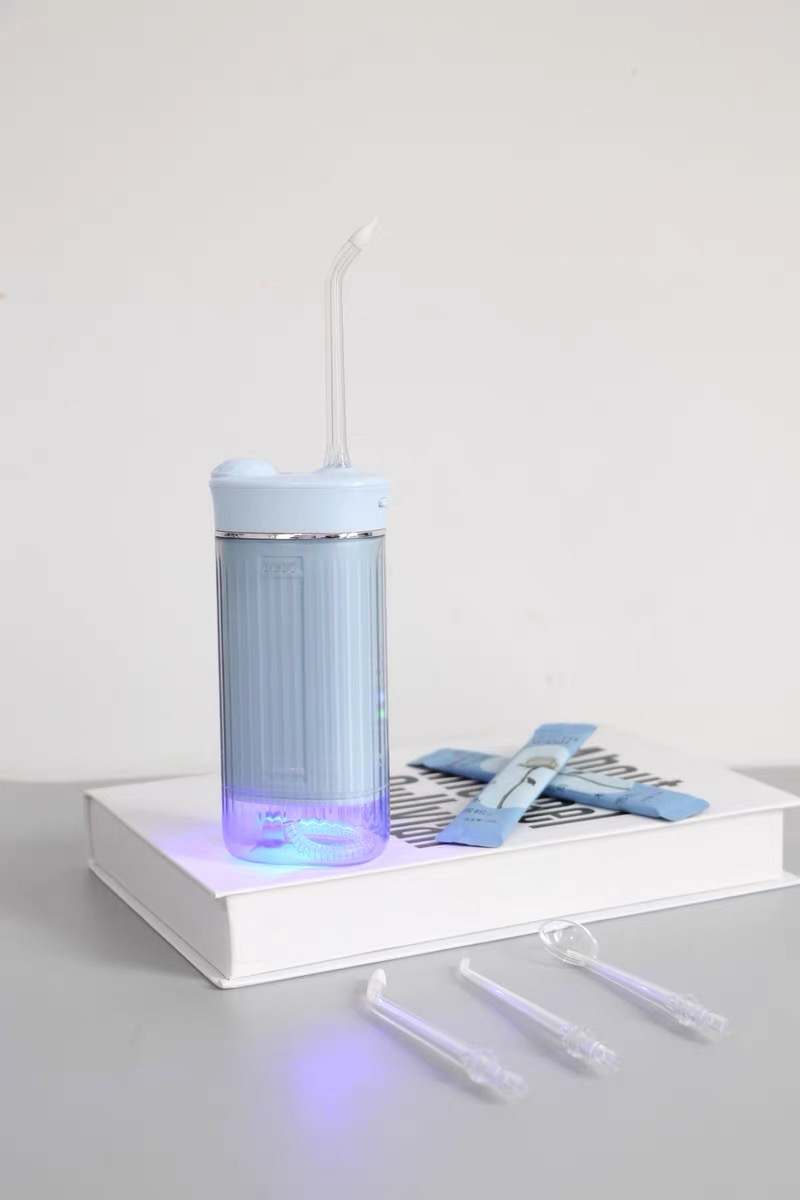
Seeking Bio-compatible Housing Material with Non-slip Grip Texture for Your Toothbrush?

electric toothbrush heads Deep Clean

electric toothbrush heads Regular Clean

Private Label Whitening Gel

electric toothbrush heads Ultra Soft
.jpg)
Florida Electric Toothbrush – Powsmart PTR-C8

electric toothbrush heads Charcoal Infuse-Round

Electric toothbrush heads Charcoal Infused-Diamond

Customization Teeth Whitening Gel
whstapp
whstapp
National Toll-Free Service Hotline
+86 755 86238638